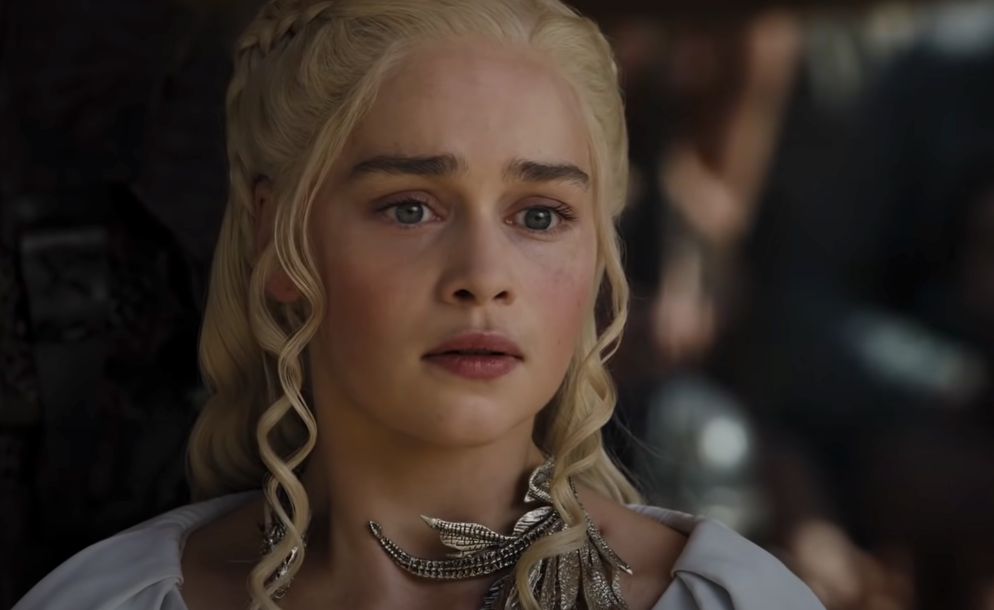In Please, Touch the Artwork, developer Thomas Waterzooi turns paintings into puzzles, and all it takes is a gentle touch. The game is available on Apple and Android devices, as well as Windows PC via Steam and itch.io, and is out Wednesday — $3.99 on mobile and $9.99 on PC.
Built around classic abstract art from artists like Mondrian, Malevich, and Kandinsky, Please, Touch the Artwork has three games built into it — each dealing with a different style and artist. I played it on an iPhone, where the game benefits from the touchscreen functionality. I’m not dragging a cursor around the artwork; I’m touching the artwork.
These three paintings are each embedded with their own stories and puzzles. The first painting I touched was styled after Piet Mondrian’s blocky abstract paintings. (In fact, all three are most clearly styled after Mondrian’s work.) The puzzles therein are simple: Recreate the painting on the left by touching the painting. Please, Touch the Artwork offers no detailed instructions as to how to do this; you just sort of poke at things until the rules become clear. While the game seemed opaque at first, I eventually began to understand the rules — just in time for the subsequent puzzles to ramp up in difficulty.
The two other paintings and their puzzles are similar. In one, you’re reuniting two little blocks, Boogie and Woogie, while another is set in tangled and abstractly drawn city streets, something akin to a vague Mini Motorways. Each painting has different rules, but the overall idea remains the same: Tap things until you’ve found the patterns, and keep doing that even when it gets really hard. In total, Waterzooi says there are more than 160 levels across the three games.
Even when the puzzles are genuinely challenging, Please, Touch the Artwork doesn’t feel stressful. That’s by design: The simple controls make it easy to start over, and there’s no pressure to solve something quickly. Hints are available, too, when you’re stuck, at no penalty. There is a “par” counter, like in golf, that hints at the ideal set of moves to solve a puzzle, but it’s just there for reference.
It’s nothing like Wordle, but I felt the same after I finished a puzzle: satisfied, like I’ve performed a feat I should be proud of. I’ve mostly played the first puzzle, taking in that story about color and art before moving on to the other two. It doesn’t feel worth rushing through these just to “win” the game and solve these puzzles. The joy is in the slow act of simply touching these paintings and seeing what happens.
Source: Polygon






















